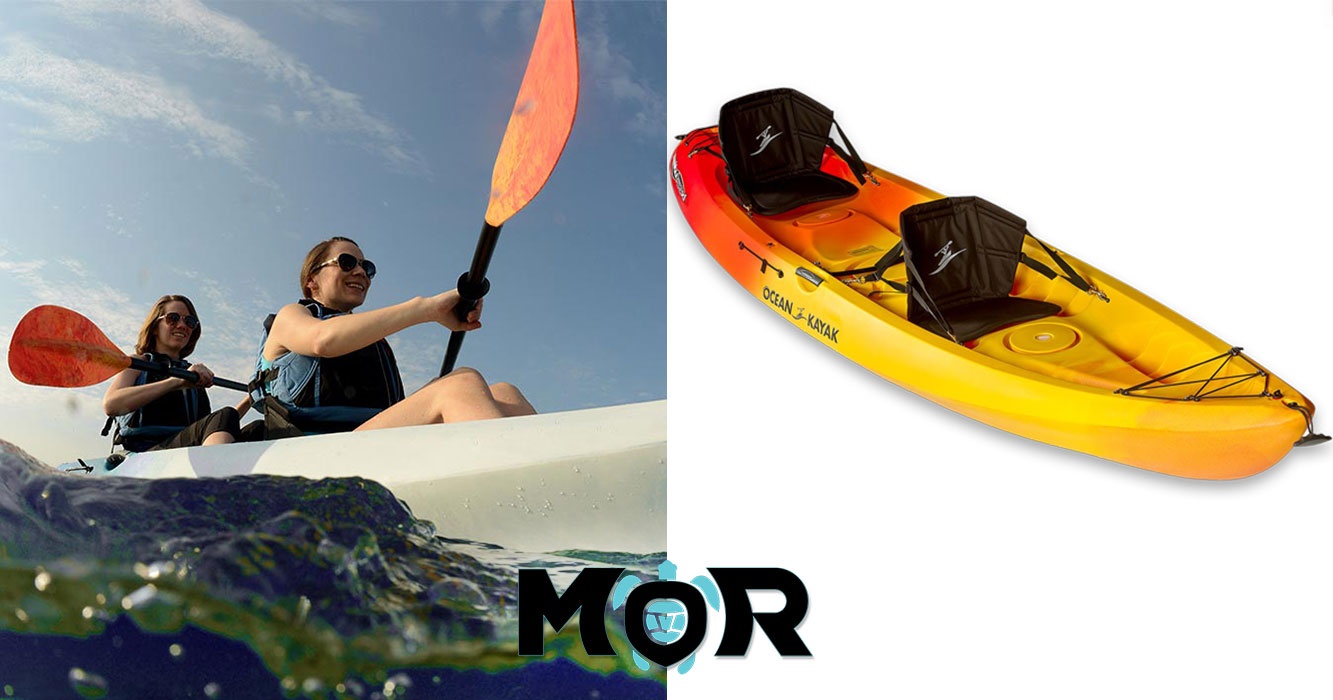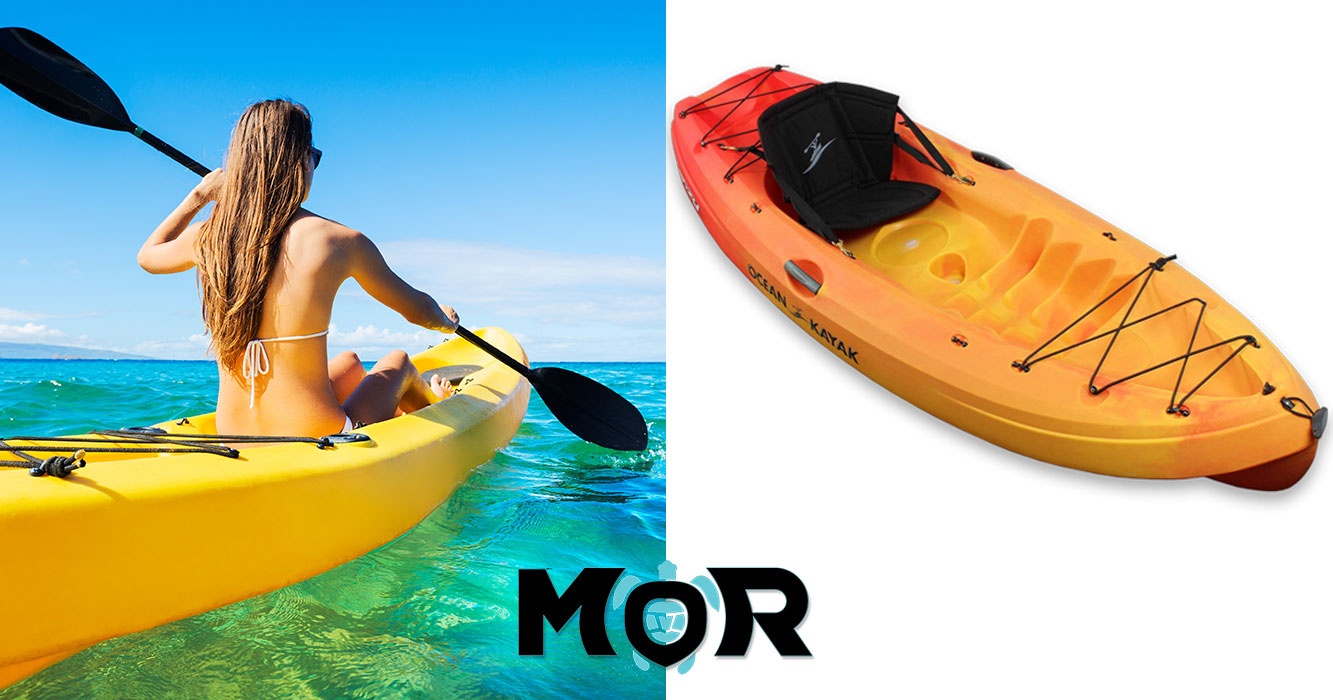
.CWmjSf2-_ZyUa3W.webp)
The Silence and the Awakening
The story of what happened to our language breaks my heart every time I tell it, but the comeback gives me hope for my children's future.
1896: The Silence Begins
In 1896, three years after the illegal overthrow of our kingdom, the new government banned Hawaiian from all schools. For nearly a century, keiki were punished for speaking their mother tongue. Families stopped using Hawaiian at home, believing English would give their children better chances.
The Near Death
By the early 1980s, fewer than 2,000 people spoke Hawaiian fluently. Most were over 60. Fewer than 50 speakers were under 18. Our language was dying.
But even in the darkest hour, the language survived in the hearts of our kūpuna (elders). They held the breath of our ancestors, waiting for the moment when it could be released again.
📅 Key Dates
- 1893: Kingdom overthrown
- 1896: Hawaiian banned in schools
- 1980s: < 2,000 speakers left
- 1983: ʻAha Pūnana Leo founded
- 1984: First Pūnana Leo opens
- 1986: Ban repealed
📊 Today's Revival
- Pūnana Leo preschools: 13
- Immersion schools: 22
- University programs: PhD level
- Speakers today: 24,000+
🌟 Revival Heroes
Pūnana Leo co-founder
Pūnana Leo co-founder
Who preserved the language
📚 Study Guide
The Nest That Saved Our Voice
Then came the heroes of the Pūnana Leo movement. In 1983, educators like Larry Kimura and Kauanoe Kamanā founded ʻAha Pūnana Leo—the "language nest council."
The Revolutionary Idea
Their idea was simple but revolutionary: create total immersion preschools where keiki would be "fed" only Hawaiian, cared for by fluent kūpuna and teachers.
1984: First Pūnana Leo
The first Pūnana Leo opened in Kekaha, Kauaʻi, in 1984. It was illegal—the 1896 ban was still on the books.
"But these brave educators knew they were fighting for the soul of our culture."
1986: Victory
After three years of lobbying, the legislature finally repealed the ban in 1986.
"Those first Pūnana Leo graduates demanded to continue their education in Hawaiian."
The Ripple Effect
The success of Pūnana Leo created a domino effect that transformed Hawaiian education:
Pūnana Leo Preschools
Total Hawaiian immersion for ages 2-5, creating a new generation of native speakers
Kula Kaiapuni
Public immersion schools from K-12, allowing continuous Hawaiian education
University Programs
UH Hilo now offers degrees through PhD entirely in Hawaiian
The Miracle Today
Today we have 13 Pūnana Leo preschools, 22 public immersion schools, and you can earn a PhD entirely in Hawaiian at UH Hilo. The language that was nearly silent now lives again in thousands of young voices.
Five Phrases to Open Your Heart
Some Hawaiian phrases carry the weight of our entire worldview. Learn these with understanding, not just pronunciation:
1. Aloha ʻĀina
More than "love of land." This means recognizing land as family, as the source of all life.
"He aliʻi ka ʻāina; he kauwa ke kanaka" — The land is chief; humans are its servants.
2. Aloha Kākou
"Aloha to all of us together." The magic is in kākou—the inclusive "we" that embraces everyone present.
When you say this, you're creating instant community, drawing everyone into a circle of shared aloha.
3. Mālama Pono
To care for things in a way that maintains righteousness and balance. Pono isn't just "good"—it's that perfect state of harmony.
"Ua Mau ke Ea o ka ʻĀina i ka Pono" — The life of the land is perpetuated in righteousness.
4. ʻAuamo Kuleana
Picture an ʻauamo—a carrying stick balanced across your shoulders with loads hanging from each end.
That's how we should carry our kuleana (responsibilities). Not as burdens, but as balanced privileges.
5. Ma ka hana ka ʻike
"In the working is the knowledge." This captures our philosophy of learning through doing.
You don't master hula by reading about it. True knowledge comes through practice, through putting your hands to the work.


